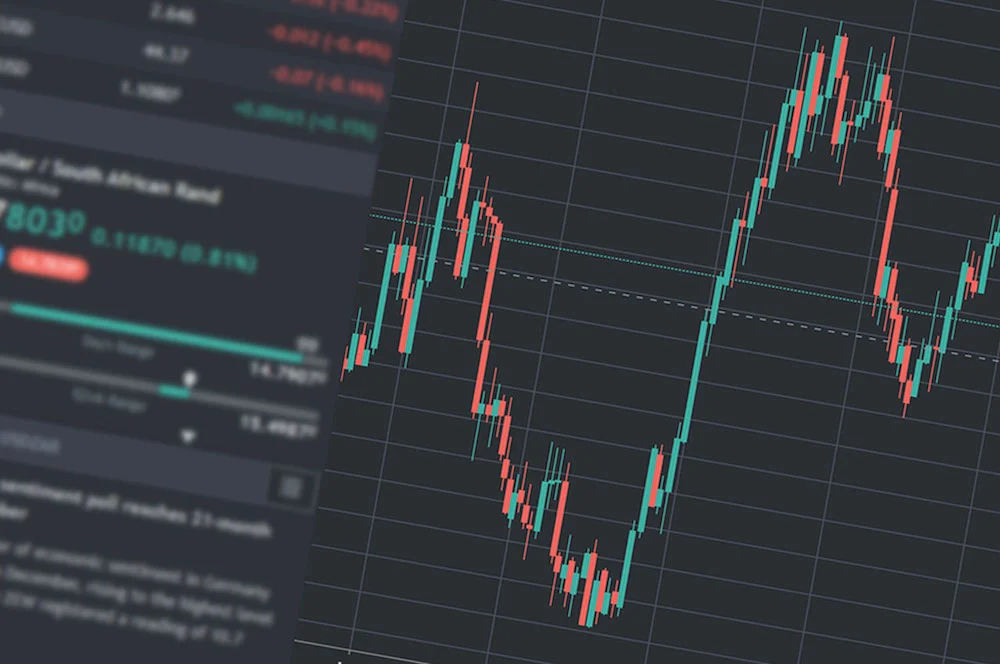Introduction to Market Cycles
The forex market operates on predictable patterns that repeat over time, forming the basis of cycle theory analysis. Malaysian traders have increasingly adopted cycle theory as a cornerstone of their trading strategy, recognizing its power in predicting market movements. Understanding market cycles requires patience, dedication, and systematic observation of price patterns. The Malaysian forex market presents unique opportunities for cycle theory application due to its high liquidity and round-the-clock trading. Modern trading platforms have made it easier than ever to identify and track these cycles. Professional traders in Malaysia often combine cycle theory with other analytical methods for optimal results. The integration of cycle theory into trading decisions has shown significant improvements in success rates.

Comprehensive Cycle Analysis
- Micro Cycles (1-4 hours)
- Intraday Cycles (4-24 hours)
- Short-term Swing Cycles (2-7 days)
- Medium-term Position Cycles (1-4 weeks)
- Long-term Investment Cycles (1-12 months)
- Strategic Cycles (1-5 years)
- Generational Cycles (5+ years)
| Cycle Type | Duration | Candlestick Count | Success Rate |
| 4h Cycle | 5-8 days | 60-80 candles | 75-80% |
| Major Cycle | 20-25 days | 35-45 candles | 70-75% |
| Primary | 18-30 weeks | 15-20 candles | 65-70% |
| Seasonal | 12-20 months | 200+ candles | 60-65% |
Advanced Cycle Theory Components
Understanding the intricate relationships between different cycle components is crucial:
Core Elements:
• Price action dynamics
• Time-based cycle analysis
• Volume correlation studies
• Support/resistance identification
• Trend direction confirmation
• Cycle overlap points
• Momentum indicators
• Market psychology factors
Professional Trading Implementation
Advanced implementation strategies for cycle theory include:
Strategy Framework:
- Multiple timeframe analysis
- Cycle bottom confirmation
- Candlestick pattern recognition
- Momentum measurement
- Risk management integration
- Position sizing calculation
- Exit strategy development
| Strategy Type | Win Rate | Risk-Reward | Holding Period |
| Scalping | 60-65% | 1:1.2 | 1-4 hours |
| Day Trading | 65-70% | 1:1.5 | 4-24 hours |
| Swing Trading | 70-75% | 1:2 | 2-7 days |
| Position | 75-80% | 1:3 | 1-4 weeks |
Market Pattern Recognition
Advanced cycle patterns include:
Complex Patterns:
- Double cycle bottoms
- Extended cycle tops
- Compression phases
- Expansion zones
- Cycle interruptions
- Failed cycles
- Cycle extensions
Risk Management in Cycle Trading
Essential risk management principles:
Risk Control Methods:
- Position sizing calculation
- Stop-loss placement
- Take-profit targeting
- Risk-reward optimization
- Portfolio diversification
- Drawdown management
- Capital preservation strategies
Technical Integration
Combining cycle theory with technical analysis:
Technical Tools:
• Moving Average Convergence Divergence (MACD)
• Relative Strength Index (RSI)
• Fibonacci Retracement
• Bollinger Bands
• Stochastic Oscillator
• Average True Range (ATR)
• Volume Profile
Special Considerations for Malaysian Traders
Malaysian Market Context:
- Local market timing
- Currency pair selection
- Economic calendar impact
- Regional market influences
- Risk management adaptation
- Regulatory compliance
- Platform selection criteria
FAQ
How can beginners start using cycle theory effectively?
Begin with longer timeframes (4H and daily) and focus on identifying major cycle bottoms and tops.
What is the minimum capital recommended for cycle theory trading?
A minimum of $5,000 is recommended to properly implement position sizing and risk management.
How does cycle theory perform in volatile markets?
Cycle theory remains effective but requires adjustments to position sizing and risk management during high volatility.
Can cycle theory be automated?
Yes, through algorithmic trading systems, though human oversight is recommended for optimal results.
What are the most common mistakes in cycle theory trading?
Common mistakes include forcing trades between cycles, ignoring risk management, and over-leveraging positions.


